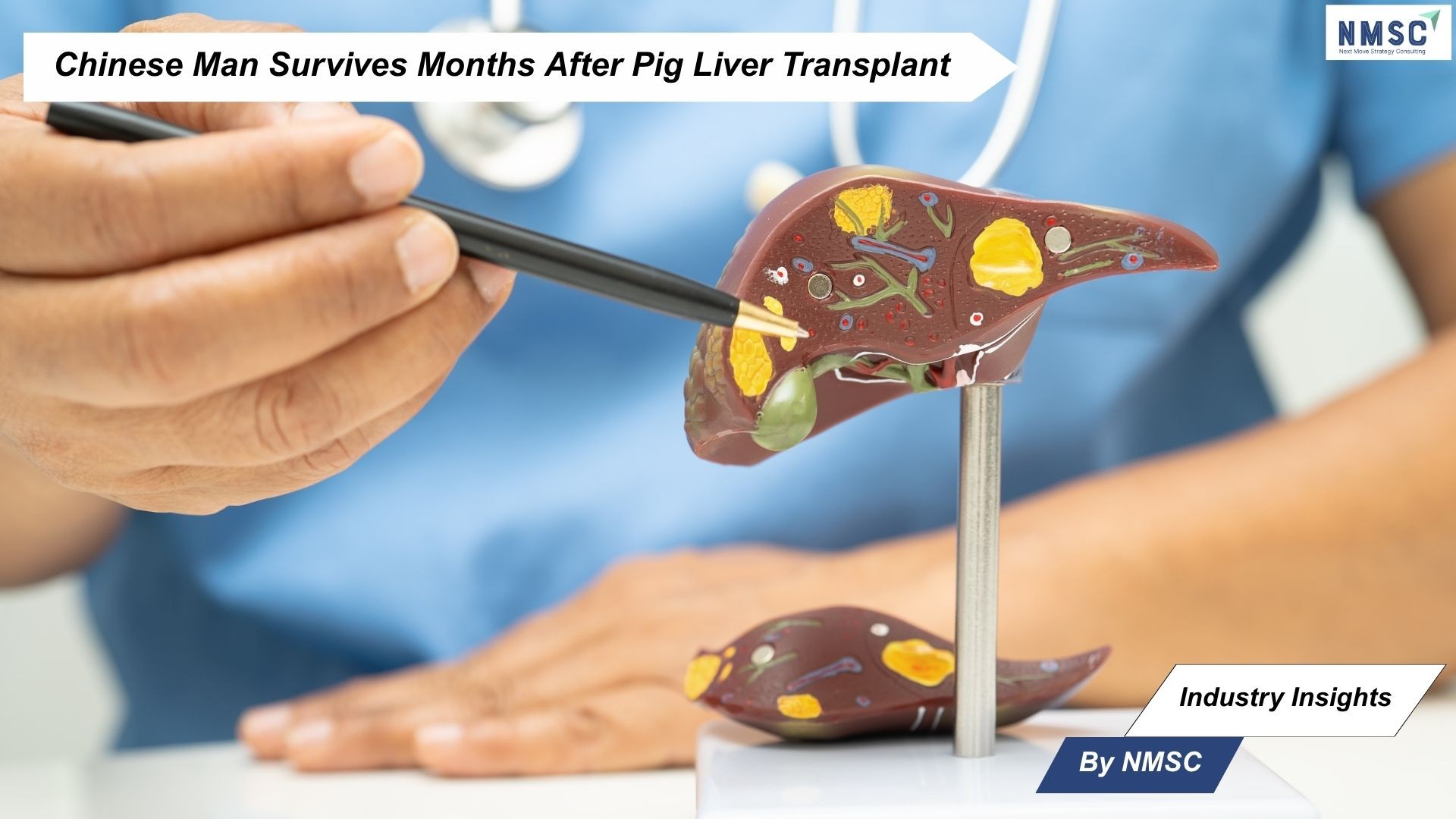U.S. Veterinary Practices Confront Economic Pressures
Published: 2025-07-07

Amid multifaceted economic pressures—from staffing shortages and reduced client visits to the fallout from recent tariffs—U.S. veterinary practices are developing strategic responses to maintain financial stability and ensure continued delivery of animal care.
Economic Headwinds and Trade Policy Shocks
Veterinary clinics entered 2025 already managing squeezed staffing levels, slowed appointment volumes, and escalated operational expenditures. These long-standing challenges worsened in the wake of sweeping U.S. trade measures enacted in early April. President Trump’s trade emergency declaration triggered a surge in tariffs, raising the average U.S. tariff rate to roughly 27%, a high not seen since 1903. While some imported veterinary drugs were exempted, many vital supplies such as raw pharmaceutical ingredients, surgical tools, and disposable exam items remained subject to the tariffs.
Though U.S. courts have questioned the legality of some tariff actions, judicial stays have maintained the status quo for now. A provisional framework reached in June with China proposes a 55% tariff on Chinese goods balanced by reciprocal Chinese tariffs—though final ratification remains pending.
Supply Costs and Clinic Operations
AVMA Chief Economist Katelyn McCullock explains that current inventory buffers—both in warehouses and supply pipelines—are cushioning practices from abrupt price increases. However, once these reserves deplete, clinicians can expect noticeable cost spikes.
In summary, while your clinic’s bottled medications might not be directly subject to tariffs, many of the supplies and raw ingredients used to produce them are affected.
Strategic Recommendations from Experts
Experts urge veterinary practices to adopt proactive and measured responses:
1. Foresight in Inventory Planning: Identify high-risk items on tariff lists; consider purchasing ahead while avoiding tying up too much capital.
2. Operational Review: Evaluate reliance on disposables versus reusable alternatives to mitigate rising costs.
3. Transparent Client Communication: Maintaining open dialogue with pet owners about economic conditions helps preserve trust—even when pricing adjustments become necessary.
Looking Ahead
As veterinary practices navigate the uncertainties of rising tariffs and broader economic instability, one thing remains clear: open and honest client communication is crucial. Experts emphasize that transparency about pricing and empathy toward clients' financial concerns can strengthen trust during difficult times. While cost increases are anticipated, the full extent of their impact is still unfolding. Practices that prioritize proactive dialogue and stay agile in the face of evolving policy shifts will be better positioned to sustain care and client relationships in the long term.
Prepared by: Next Move Strategy Consulting
















Add Comment